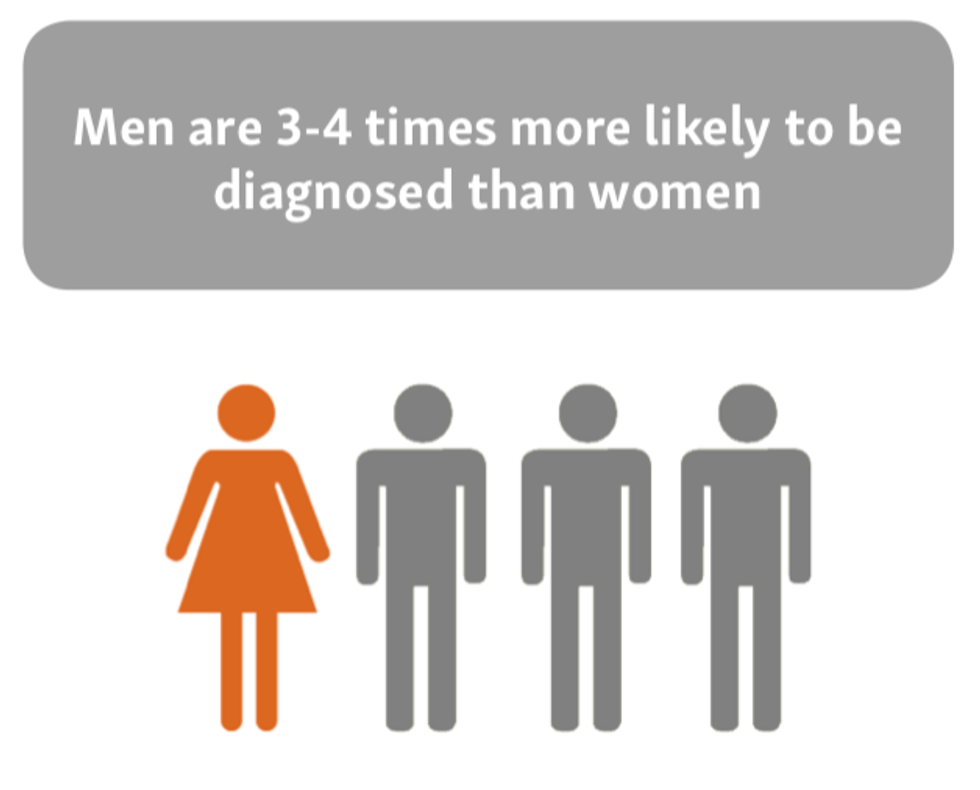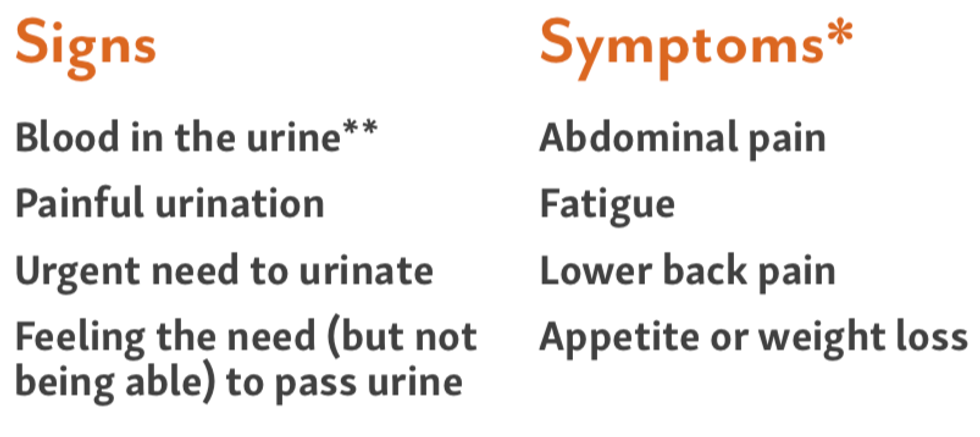Last May, during Bladder Cancer Awareness Month, I shared my personal story with the disease. I was so thankful that my tumor was found to be noninvasive and, with surgery, was eliminated from my body. No additional treatment was needed except for quarterly scopes.
I knew that bladder cancer has a 50 percent to 80 percent chance of return. Each time I went for my bladder scope at the urologist's office between 2018 and 2019, I faced my fears. Would Dr. F find another tumor? If he did find another tumor, would it be noninvasive? Or, on the positive side, would my bladder be forever cancer-free?

Chapter two in my bladder cancer story
In December, I was joyful when I reached the one-year milestone with no new tumors.
Sadly, in March, I wasn't as lucky.
"There's another small lesion," said Dr. F as he took the cystoscope out of my bladder. I was numb—not physically but emotionally. How could I have cancer when I'm feeling fine? There were no symptoms—no urinary tract infections, no blood, no frequency.
Learn more about Signs You May Have a Bladder Issue.
"That's why it's important to have your scopes every three months, so we can hopefully catch things before they advance," said Dr. F.
At the end of March, I had my second bladder surgery. The tumor was removed, and I awaited the results. Dealing with bladder cancer (or any kind of cancer) is scary. I was really scared.
"The cancer was noninvasive. It's a different kind of tumor than the first one," said Dr. F as he reviewed the biopsy report. My first tumor was a noninvasive papillary tumor that grows out from the surface. The second tumor was carcinoma in situ, also known as Tis (CIS), a noninvasive flat tumor.
"When cancer returns like this, we recommend six weeks of BCG treatments," advised Dr. F.
I was glad that the cancer was noninvasive. However, this second cancer diagnosis felt like an empty pit in my stomach—or should I say in my bladder. Why couldn't I be among the percentage where it never comes back? Why did there need to be a chapter two in my cancer story?

Preparing for my weekly BCG treatments
Two weeks after surgery, I began my BCG treatments. According to the Bladder Cancer Advocacy Network (BCAN), which is a great resource for those with the disease, "Bacille Calmette-Guerin or BCG is an intravesical immunotherapy treatment that causes an immune or allergic reaction in the bladder. It has been shown to kill cancer cells on the lining of the bladder. It is often preferred for patients who have high grade tumors or who have CIS [like what I had], to reduce the risk of recurrence.
"BCG is a chemically weakened form of tuberculosis material. It works because the bacteria create an immune response in the bladder. Because the bacteria are weakened, there is very little risk of infection from the bacteria."
For the past four weeks, I have had BCG put directly into my bladder each Tuesday. It is not a painful procedure. Once the procedure is complete, I am sent home to baste my bladder with the BCG inside for two hours without voiding.
"Recline and turn the body every 15 minutes so the bladder is fully covered with BCG," said Dr. F. "If you can, also put your legs up the wall at some point so the BCG reaches the upper bladder where your tumor was located."
Can I put my legs up the wall? That's a yoga pose! Can I turn every 15 minutes? Absolutely! On goes the iPhone timer, chiming when it's time for me to turn. Left side, belly down, right side, on my back. Then the legs go up the wall. All good—my bladder is basting as it should for 120 minutes.
Ooh, ah, ooh, ah! Time to let it all out. For the next six hours I am required to add two cups of bleach to the toilet and let it sit for 15 minutes each time I relieve myself. This helps prevent any BCG contamination, since it is a form of TB. I take this step very seriously. I have bottles of bleach, bleach wipes, a huge box of disposable gloves, antiseptic hand wipes. (Do you think this type A person is going to let one drop of BCG escape? No, no, no!)

Healing my body, my mind, and my spirit
As I head into the last two weeks of BCG treatments, I am pleased to say that I haven't experienced any significant side effects to date. Yes, I'm tired the day of the treatment and the day after. And I do have some frequency issues from the bladder being irritated. Overall, it's been good so far. Plus, I feel blessed that I am able to get these BCG treatments, especially after hearing that the drug is in short supply and not readily available.
While my body is healing, my mind needs to mend, too. With my daily yoga classes and teaching on hold (except for restorative yoga) during these weeks of treatment, my mind has tended to wander. Sometimes it wanders down the rabbit hole—fearing a future with cancer. Sometimes it wanders into the past—didn't I have enough with the loss of my spouse 10 years ago?
Then through mindfulness and coaching from my BFFs, I bring my spirit back into the present, into the here and now where it should be, celebrating every moment and being appreciative for all I have and all I can do each day.
Listening to inspiring podcasts
I've had opportunities to listen to some inspiring podcasts as I relax and slow down. One of my favorites was Oprah's Master Class (go to iTunes to listen) with the actor Jeff Bridges. Jeff says: "Life has ups and downs, and it's all about the journey. Strikes and gutters. [Jeff is referring to bowling.] Highs and lows—that's all life is." I'm grateful that I've had many strikes through the years, especially during my life after 50. Cancer is just one of the gutters. I need to get that ball out of the gutter and get ready for my next strike.
Another Master Class podcast I liked was with broadcast journalist Robin Roberts. "This too shall pass," Robin would tell herself as she battled through breast cancer, MDS blood disorder and a stem cell transplant. Today, Robin is well and leaving Good Morning America to pursue a beauty venture. You're right, Robin. I feel that way about my bladder cancer: "This too shall pass."
This post originally appeared on aboomerslifeafter50.com.






